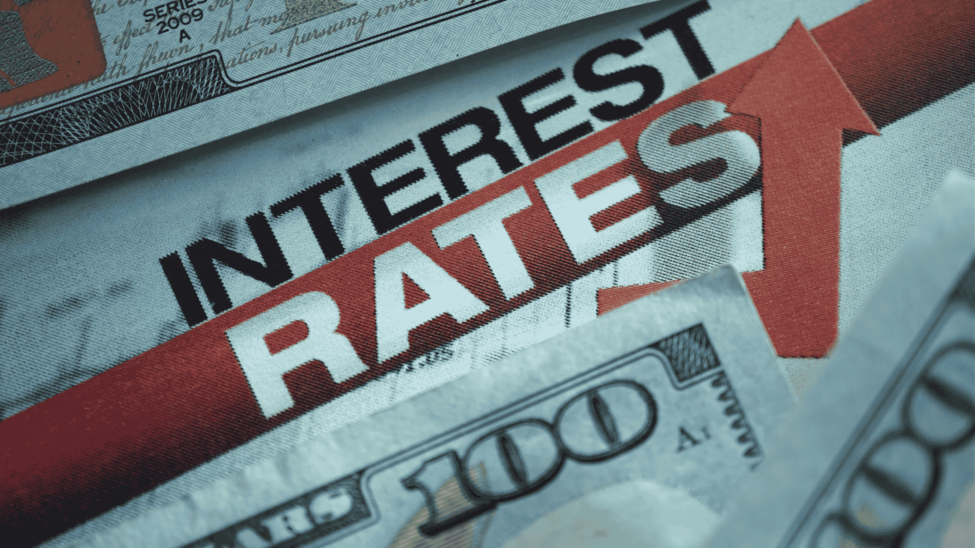
Construction Loan Interest Rates in 2025: What You Need to Know Before You Build
When you’re planning to build a home, understanding construction loan interest rates is essential. These rates determine not just your monthly outgo but also the long-term affordability of your home project. In this detailed guide, we’ll help you navigate everything you need to know about construction financing and interest rates in India. With rising real estate demand and increasing material costs, choosing the right financing model is more important than ever.
What Are Construction Loan Interest Rates?
Construction loan interest rates refer to the interest applied to funds borrowed for building a house, as opposed to buying a ready-to-move-in property. These rates can be fixed, floating, or hybrid, and are typically a bit higher than standard home loan rates due to the increased risk perceived by lenders.
The difference in structure is also key. A construction loan is usually disbursed in phases, depending on the progress of the building, and the interest is charged only on the disbursed amount not the entire loan at once. This phased approach offers borrowers more control and ensures that the funds are used solely for construction-related purposes. It also minimizes idle capital cost and helps the borrower manage cash flow more effectively throughout the construction timeline.
Why Construction Loans Are Priced Differently
Lenders consider construction finance to carry more uncertainty than regular home loans. With factors like construction delays, regulatory approvals, and fluctuating material costs, there’s more unpredictability involved. As a result, they compensate for this risk through slightly higher interest rates.
Furthermore, lenders scrutinize the borrower’s ability to complete construction on time. The timeline generally spans between 18 to 24 months, and delays due to contractor issues, weather, or regulatory bottlenecks can lead to increased risk. Borrowers are required to submit technical progress reports during construction to qualify for the next tranche of disbursement.
Another key difference lies in the collateral evaluation. Since construction loans are taken for properties under development, lenders must assess not only the market value of the land but also the projected value post-completion. This dynamic evaluation process adds to administrative costs, which are factored into the interest rate.
SBI Construction Loan Interest Rate: A Benchmark to Watch
The SBI construction loan interest rate is one of the most competitive and often used as a benchmark in the Indian market. As of 2025, SBI offers home construction loans at interest rates starting from 8.40% per annum for eligible borrowers with a good credit score.
It’s important to note that rates can vary based on:
- Credit score and income profile
- Loan amount and tenure
- Property location and documentation
SBI also offers additional benefits like waiver of processing fees during festive seasons and pre-approved top-up loans in case of cost escalations. For example, salaried individuals with a CIBIL score above 750 can negotiate better terms. Self-employed applicants, on the other hand, may face slightly higher home construction loan interest rates due to perceived income instability.
Types of Construction Loan Interest Rates
Construction loans in India typically come with two types of interest rate options:
Floating Interest Rate: The rate is linked to the RBI’s repo rate or the lender’s MCLR. It may fluctuate periodically, impacting your EMI. While this option offers savings when market rates dip, it could become expensive in inflationary cycles.
Fixed Interest Rate: Offers a stable rate for a specific period, usually 3 to 5 years, after which it may revert to a floating regime. This option provides predictability and is preferred by borrowers with tight monthly budgets.
Hybrid Interest Rate: A combination of the above two, where the interest rate remains fixed for the initial years and then becomes floating. This model offers a balance between predictability and potential savings.
Choosing the right option depends on your financial goals, income stability, and risk tolerance. Floating rates can be attractive during economic downturns, while fixed rates are better during periods of rising inflation.
How Building Loan Repayments Work
A building loan, or a construction loan, works differently from a regular home loan. Here’s what makes it unique:
- Disbursal is done in tranches aligned with construction milestones
- Interest is charged only on the disbursed amount
- EMIs begin after the full loan is disbursed (in many cases)
During the construction phase, borrowers often pay pre-EMIs, which cover only the interest component on the disbursed amount. This helps in managing finances until the house is ready and income sources are stable. Once construction is completed and full disbursement is done, the pre-EMI switches to regular EMI that includes both principal and interest.
Borrowers should note that while pre-EMIs ease the short-term burden, they don’t reduce the principal. Hence, choosing between pre-EMI and full EMI from the start should be a calculated decision based on your financial position and expected completion timeline.
Home Construction Loan Interest Rates: Bank Comparisons for 2025
Here’s a quick look at the indicative home construction loan interest rates in India (subject to credit profile and other criteria):
| Bank | Interest Rate (Approx.) |
| SBI | 8.40% – 9.20% |
| HDFC Bank | 8.50% – 9.30% |
| ICICI Bank | 8.60% – 9.40% |
| Union Bank of India | 8.25% – 9.10% |
| Aditya Birla Capital | 8.70% – 9.50% |
In addition to interest rates, consider processing fees, prepayment clauses, loan insurance requirements, and customer service track record. Digital-first lenders may offer quicker approvals but might lack personalized servicing compared to traditional banks.
Home Loan for Under Construction Property vs. Self-Construction Loan
While they sound similar, a home loan for under construction property is different from a construction loan. The former is applicable when you’re buying a property under development from a builder. The latter is used when you’re building on a plot you own.
In builder-linked loans, disbursals are made to the builder and are often time-linked, irrespective of construction status. In contrast, construction loans are strictly progress-linked and offer better control to the borrower.
Builder-linked loans are usually easier to get approved, as the builder often has tie-ups with banks, streamlining documentation. However, they carry a risk—if the builder delays possession or defaults, you may still need to pay EMIs. Construction loans, on the other hand, give you full control but require you to handle everything from documentation to construction supervision.
Conclusion
Choosing the best construction loan interest rates isn’t just about picking the lowest number it’s about evaluating the total package: processing fees, tenure, flexibility, and prepayment terms.
Evaluate your financial stability, plot ownership documents, and contractor credibility before applying. Prepare a detailed construction estimate and timeline. Banks appreciate transparency and well-documented plans it increases your chances of getting better terms.
If you’re in Assam or Guwahati, working with experienced construction and real estate advisors like Infra by RateperSQFT can give you an edge. Their in-depth knowledge of regional regulations, tie-ups with lenders, and cost estimates can help you secure better deals and avoid common pitfalls. From preparing the estimate to managing legal paperwork, Infra simplifies the process and ensures timely execution.
Whether you’re constructing your first home or planning a custom villa, understanding interest rates thoroughly ensures you start your project on a solid financial foundation. Make informed decisions, stay involved in the construction progress, and ensure your investment brings value and peace of mind.



